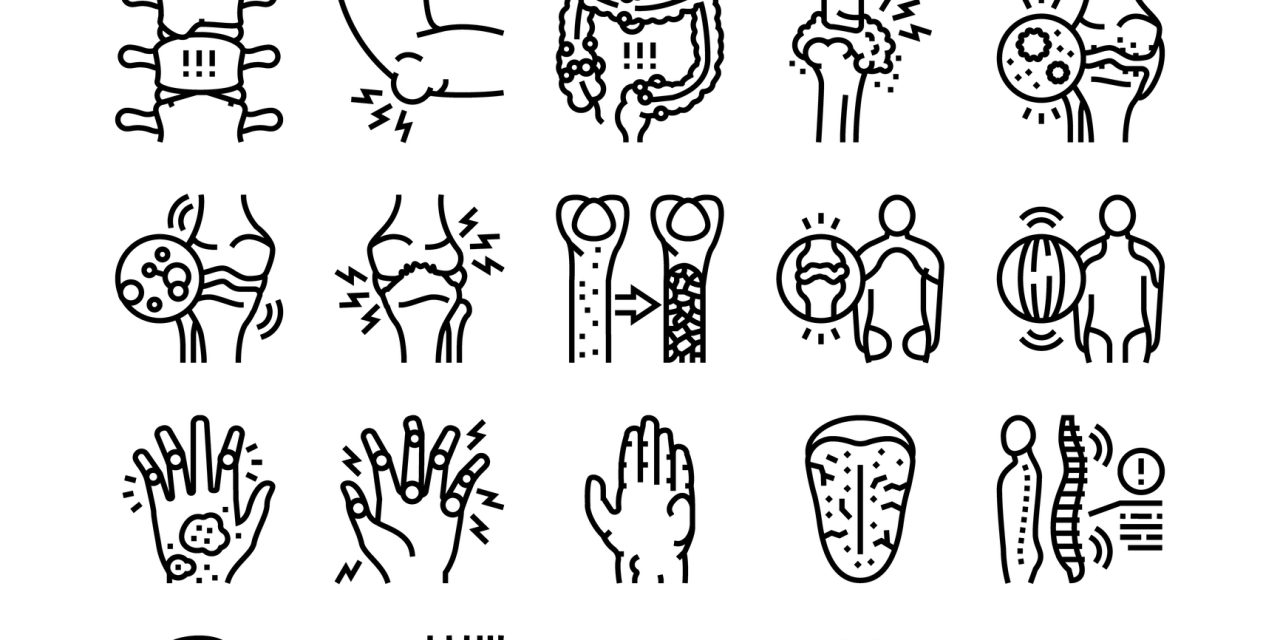In this study we have observed that In patients receiving anti–tumor necrosis factor (TNF)-α agents, a miliary pattern on chest imaging is often attributed to tuberculosis. However, fungal infections (histoplasmosis, blastomycosis, and coccidioidomycosis) and metastatic pulmonary disease should also be considered1,2. A 40-year-old woman, diagnosed with ankylosing spondylitis, was in remission with adalimumab. She presented with a 3-week history of fever, night sweats, dyspnea, and dry cough. She reported exposure to demolition dust from a building adjacent to her workplace. On admission, she was normotensive and tachycardic, and oxygen saturation was 96% with supplemental oxygen (2 l/min). Breath sounds were decreased bilaterally. Chest radiograph and high-resolution computed tomography showed widespread miliary nodules throughout both lungs. Three sputum acid-fast bacillus (AFB) smears were negative. On the bronchoalveolar lavage sample, AFB stain, AFB culture, PCR for Mycobacterium tuberculosis complex were all negative, while fungal culture was positive for Histoplasma capsulatum.
Reference link- https://www.jrheum.org/content/47/9/1450


